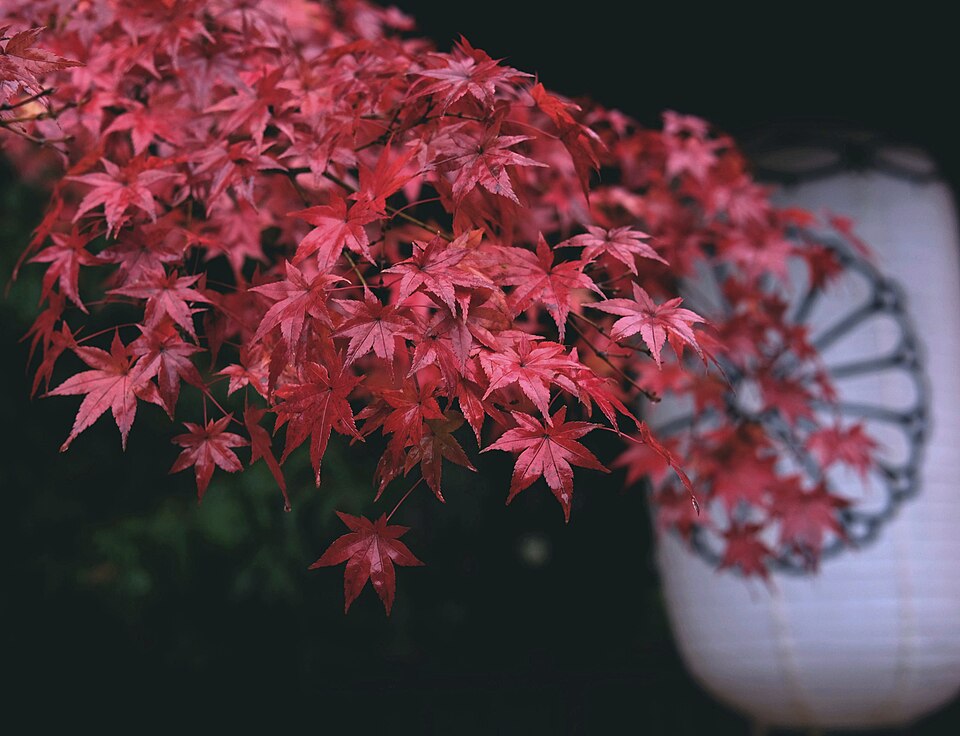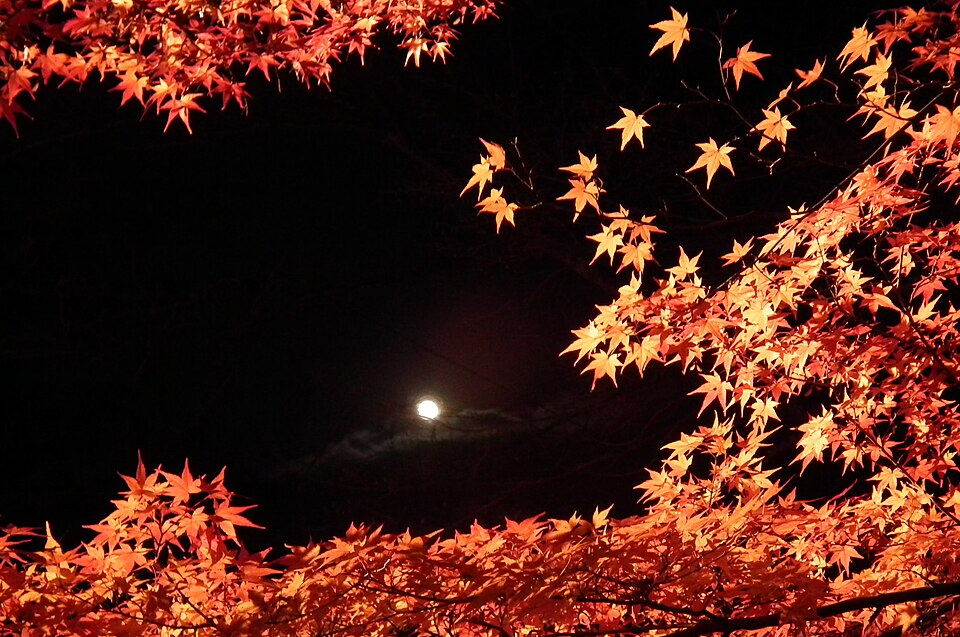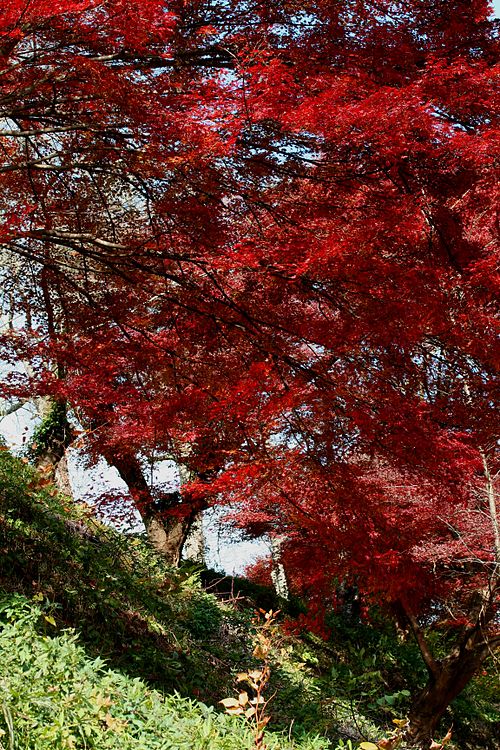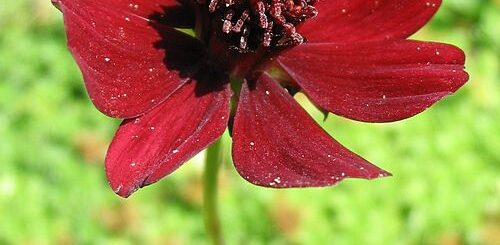Japanese Maple – The Timeless Beauty

Few trees evoke the sense of tranquility and elegance quite like the Japanese Maple (Acer palmatum). With their delicate, lacy leaves and vibrant seasonal colors, these ornamental trees have been a staple in gardens across the world, from traditional Japanese landscapes to modern minimalist yards. Whether you’re a seasoned horticulturist or a curious beginner, Japanese Maples are an excellent choice for adding structure, color, and a touch of serenity to your outdoor space.
A Brief History
Native to Japan, Korea, China, eastern Mongolia and southeast Russia, Japanese Maples have been cultivated for centuries. They were first introduced to Europe in the 1800s and have since gained worldwide popularity. In Japanese culture, they symbolize peace, serenity, and the fleeting beauty of life, especially during autumn, when their fiery foliage lights up the landscape.

Arashiyama Hanatōro, Nison-in – Creative Commons | Author: 松岡明芳 – Source: https://bit.ly/3GkopOH
Varieties and Colors of Japanese Maple
One of the most appealing aspects of Japanese Maples is their diversity. There are over 1,000 cultivars, each with its own distinct shape, color, and growth habit. Some popular types include:
Acer palmatum ‘Bloodgood’ – A classic variety with deep red foliage that turns even brighter in fall.
Acer palmatum ‘Sango-kaku’ (Coral Bark Maple) – Known for its coral-red bark and golden-green leaves.
Acer palmatum ‘Dissectum’ – Features finely cut, lace-like leaves and a graceful, weeping habit.
Their colors range from bright greens and deep purples to vibrant oranges and fiery reds. And yes, some varieties even change color multiple times throughout the seasons.
Growing Conditions
Japanese Maples are surprisingly low-maintenance if planted in the right conditions:
Light: They prefer partial shade, especially in hot climates, though some varieties can tolerate full sun.
Soil: Well-drained, slightly acidic soil is ideal.
Water: Regular watering is important, particularly during dry spells, but avoid waterlogging.
Hardiness: Most are hardy in USDA zones 5–9.
They can be grown in the ground or in containers, making them perfect for patios and smaller urban gardens.

Fall Maples in Nara, Japan – Creative Commons | Author: Iwanafish – Source: https://commons.wikimedia.org/wiki/File:Acer_palmatum_img.jpg
Pruning and Care
While Japanese Maples don’t need heavy pruning, light shaping in late winter or early spring helps maintain their natural form. Remove dead or crossing branches to promote airflow and healthy growth.
Mulch around the base to retain moisture and protect roots from extreme temperatures, but keep it a few inches away from the trunk to prevent rot.
Japanese Maples in Design
Japanese Maples are a designer’s dream. Use them as a focal point in a Zen garden, pair them with rocks and water features, or plant them near paths and patios where their graceful shape can be appreciated up close. In autumn, their color display steals the show.
For smaller spaces or containers, dwarf varieties or bonsai versions provide the same visual charm on a smaller scale.

Various cultivars – Creative Commons | Author: Abrahami – Source: https://commons.wikimedia.org/wiki/File:Acer-palmatum-ssp.jpg
A Beauty in Every Season
Whether you’re enchanted by their cascading branches, vivid colors, or cultural significance, Japanese Maples offer beauty in every season. With a little care and the right location, they can transform your garden into a space of calm and wonder for years to come.
References:
https://en.wikipedia.org/wiki/Acer_palmatum










